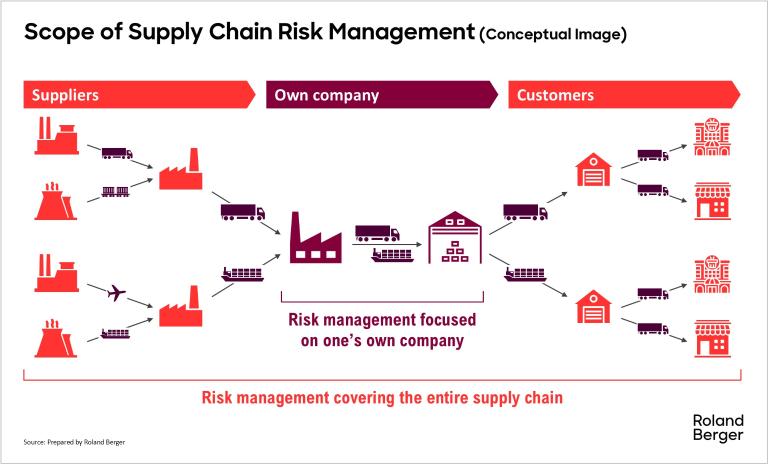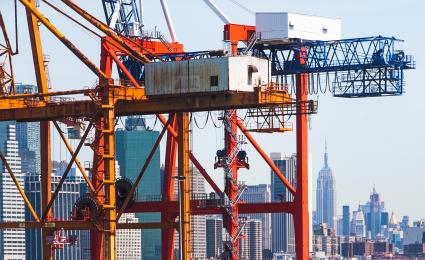China's economic trajectory is undergoing a profound transformation. After years of investment-driven growth and export-led expansion, diminishing returns and shifting demographics are forcing a strategic pivot.


What is required of supply chain risk management today?
"In today’s volatile and unpredictable environment, the ability to control one’s supply chain and adapt as necessary is a critical factor for competitive advantage."
From tariffs to cyberattacks: why agile, multi‑tier supply chain risk management is essential
The tariff policies implemented under the Trump administration have become a major source of disruption for global businesses. While some companies have responded by looking to expand local production in the United States, such moves do not necessarily mitigate risk if key components are still sourced from overseas. Moreover, the administration’s trade policies lack consistency, making it difficult for companies to formulate long-term strategic decisions.
Tariffs, however, are just one element of supply chain risk. Traditional risks—categorized by the World Economic Forum as economic, environmental, and geopolitical risks—have long existed, and many businesses have developed systematic measures to mitigate such risk. Nevertheless, as illustrated by the impact of Trump-era tariffs, risks are intensifying and now require more advanced and adaptive countermeasures.

In parallel, it has become increasingly important to address emerging risks, such as societal and technological risks. Recent examples include the global backlash over forced labor allegations related to Xinjiang cotton, and production shutdowns caused by cyberattacks. These incidents underscore the growing complexity of the modern risk landscape.
The particular challenge for supply chain risk management is the high level of interdependence, as disruptions to suppliers or customers can directly affect a company’s own operations. While multi-sourcing is a proven way to diversify risk, such measures must also incorporate geographic diversity to be truly effective. In addition to diversification of Tier-1 suppliers, companies must also assess and spread risk across Tier-2 and Tier-3 suppliers.

At the same time, the expansion of supplier networks increases exposure to technological risks, such as data breaches and system failures. It is therefore essential to implement countermeasures, such as requiring all direct and indirect suppliers to meet minimum cybersecurity standards as a condition for conducting business.
Since supply chains involve the physical transportation of goods, disruptions caused by risk events can also render usual logistics routes or modes unusable. As such, to maintain operational continuity during crises, companies must prepare contingency plans with alternative routes, ports, or transport modes, and establish pre-agreed arrangements with backup providers.
Effective execution of such countermeasures requires a coordinated effort across a wide range of departments, including procurement, manufacturing, logistics, sales, IT, finance, and investor relations. This cross-functional nature reinforces the point that supply chain risk management must be treated as a company-wide strategic priority.
In today’s volatile and unpredictable environment, the ability to control one’s supply chain and adapt as necessary is a critical factor for competitive advantage. Precisely because the future remains uncertain, companies must strategically strengthen their supply chain risk management capabilities to ensure long-term, sustainable growth.
Register now to access the full study. Furthermore, you get regular news and updates directly in your inbox.




